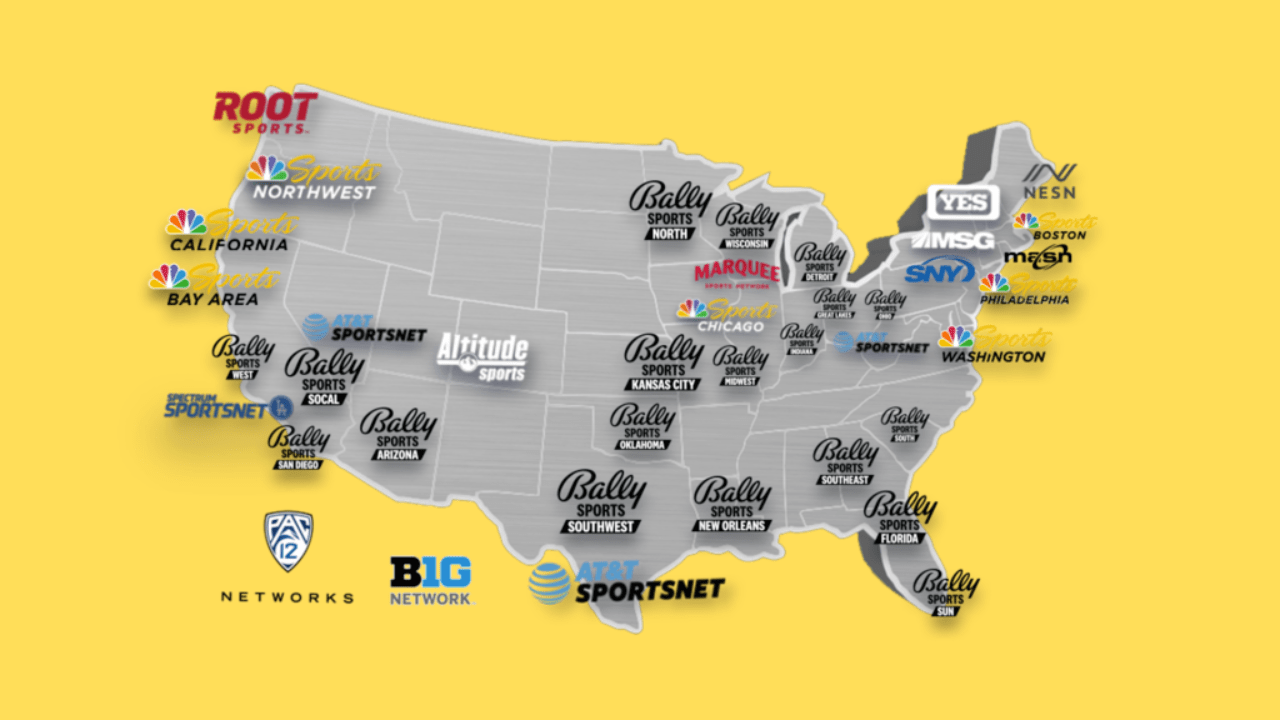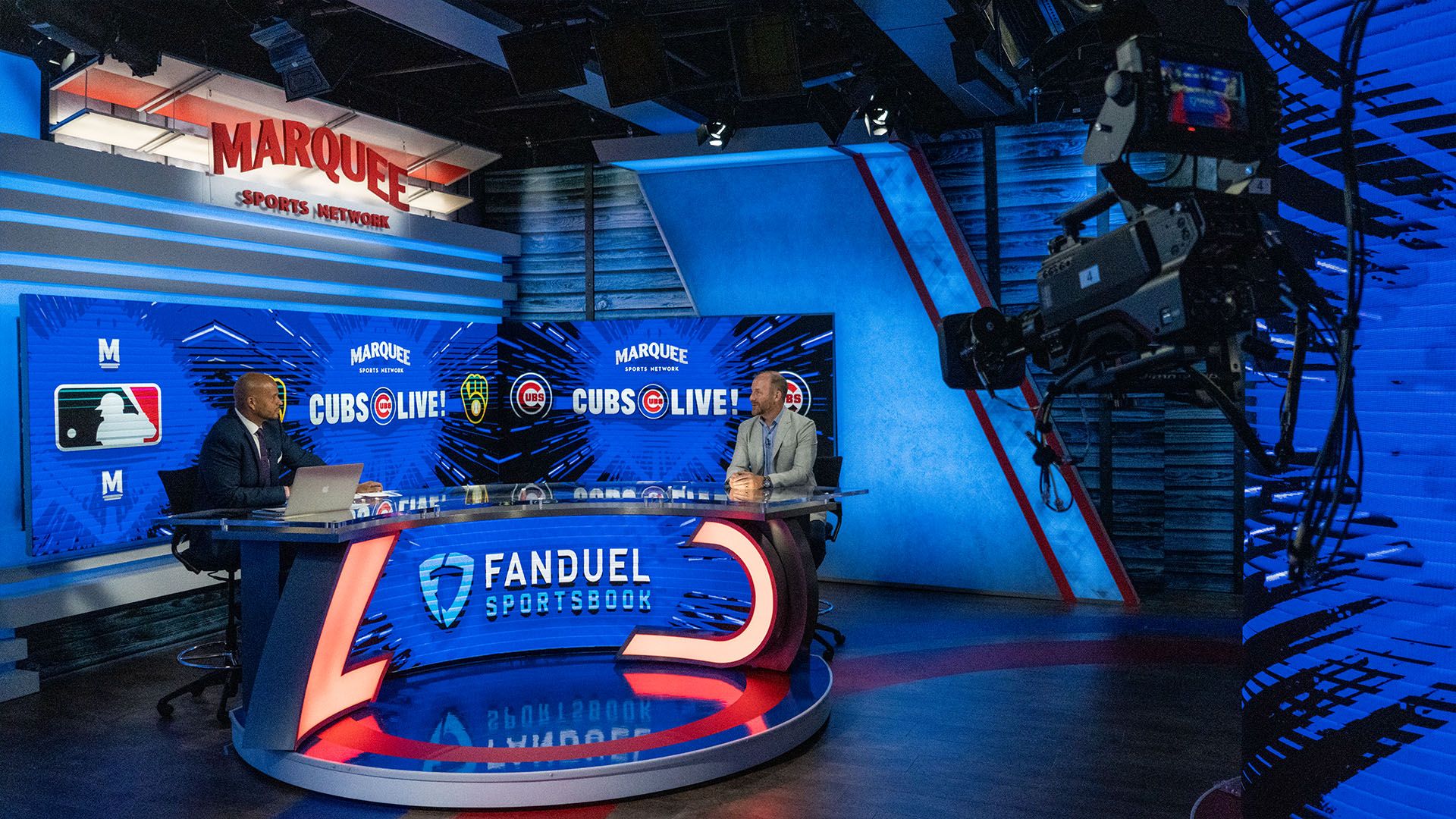The Rise of Cartoon Programming

The decision by the Yankees RSN to air cartoons during daytime hours reflects a broader trend among regional sports networks (RSNs) seeking to fill programming gaps and attract new audiences. This shift signifies the evolving landscape of television programming, where traditional sports networks are exploring alternative content strategies to remain relevant in a competitive media environment.
Daytime Programming Challenges for RSNs
RSNs, traditionally focused on live sports broadcasts, face significant challenges in filling daytime programming slots. The majority of live sports events occur during evening and weekend hours, leaving RSNs with limited content options for weekdays. This challenge is exacerbated by the increasing popularity of streaming services and the fragmentation of traditional television viewership.
- Limited Live Content: The majority of live sporting events are scheduled for evenings and weekends, leaving RSNs with limited content options for weekdays.
- Competition from Streaming Services: The rise of streaming services such as Netflix, Hulu, and Amazon Prime Video has diverted viewers away from traditional television, including RSNs.
- Fragmentation of Television Viewership: The proliferation of cable channels and streaming services has fragmented television viewership, making it more difficult for RSNs to attract and retain a consistent audience.
Cartoon Viewership Demographics
Cartoon programming, traditionally associated with children, has a broader appeal that extends beyond younger audiences. While cartoons are popular with children, they also attract a significant adult audience, particularly those seeking entertainment and nostalgia. This broad appeal makes cartoon programming a viable option for RSNs looking to expand their viewership base.
- Family Viewing: Cartoons offer a family-friendly option for viewers of all ages, attracting both children and adults.
- Nostalgia Appeal: For adult viewers, cartoons evoke a sense of nostalgia and provide a form of escapism.
- Cross-Generational Appeal: The popularity of classic cartoons and the emergence of new animated series ensures a cross-generational appeal for cartoon programming.
The Impact on Viewers and Sponsors: Yankees Rsn Turns To Cartoons To Tackle Daytime Content Hurdles

The decision to introduce cartoon programming during daytime hours on the Yankees RSN presents a unique opportunity to engage a wider audience while also navigating potential challenges. This shift could resonate with families seeking entertainment options, but it also raises questions about the reaction of traditional sports fans and the impact on advertising revenue.
Viewer Reactions
The inclusion of cartoons could attract a new demographic of viewers, particularly families with children, who may not typically watch sports programming. This could lead to increased viewership during daytime hours, expanding the reach of the RSN. However, the potential reactions of existing viewers, particularly die-hard Yankees fans, need careful consideration. Some may view the shift as a departure from the traditional sports focus and express dissatisfaction. The RSN could address this by strategically scheduling cartoons during times when sports programming is less popular, such as early mornings or afternoons.
Impact on Advertising Revenue
The introduction of cartoons could attract new advertisers seeking to reach family audiences. This could lead to increased advertising revenue, as advertisers may be willing to pay premiums for access to this new demographic. However, the RSN needs to ensure that the cartoons are family-friendly and do not alienate existing sponsors who target a primarily adult audience.
Strategies for Maintaining Viewer Engagement, Yankees rsn turns to cartoons to tackle daytime content hurdles
The RSN can employ various strategies to maintain viewer engagement during daytime hours. This could include:
- Interactive Content: Integrating interactive elements within the cartoon programming, such as trivia questions, polls, or social media engagement opportunities, can enhance viewer participation and create a more engaging experience.
- Cross-promotion with Yankees Content: The RSN could weave in short segments or clips featuring Yankees players, behind-the-scenes footage, or highlights of past games, connecting the cartoon programming to the team and maintaining a sense of brand continuity.
- Thematic Programming: The RSN could organize themed blocks of cartoons, aligning them with specific events or holidays, creating a sense of anticipation and drawing in viewers who might be interested in specific themes.
The Future of Sports Broadcasting

The Yankees’ decision to embrace cartoon programming during the daytime hours presents a significant shift in the landscape of regional sports networks (RSNs). This move is not just a temporary solution to fill airtime; it reflects a broader trend in the industry, driven by changing viewing habits and the need to attract a wider audience. This trend has far-reaching implications for the future of sports broadcasting, potentially leading to a more diverse and engaging experience for viewers.
The Impact of Non-Traditional Programming
The incorporation of non-traditional programming, such as cartoons, can significantly impact the future of sports broadcasting. This approach can help RSNs reach a broader audience, particularly younger demographics who may not be as engaged with traditional sports programming. This diversification can also lead to increased revenue opportunities as RSNs attract new sponsors and advertisers targeting these demographics.
- Increased Audience Engagement: By incorporating diverse programming, RSNs can cater to a wider range of viewers, including those who may not be interested in traditional sports content. This can lead to increased viewership and engagement, particularly among younger audiences.
- New Revenue Streams: The introduction of non-traditional programming can attract new sponsors and advertisers targeting specific demographics, such as families and children. This can lead to increased revenue for RSNs, allowing them to invest in more diverse content and programming.
- Enhanced Brand Image: By embracing innovation and diversifying their programming, RSNs can enhance their brand image and become more appealing to a wider audience. This can lead to increased brand loyalty and a stronger position in the competitive media landscape.
A Diverse RSN Schedule
A successful RSN schedule should cater to a diverse audience by incorporating a mix of traditional sports programming, non-traditional content, and interactive features. This approach can maximize viewership and attract a wider range of viewers, including families, children, and casual sports fans.
- Morning Programming: This time slot could feature family-friendly cartoons, educational content related to sports, and interactive segments for children.
- Afternoon Programming: This slot could focus on sports-related talk shows, documentaries, and highlight reels from past games.
- Evening Programming: This time slot could feature live sports broadcasts, pre-game and post-game analysis, and interviews with players and coaches.
- Late Night Programming: This slot could feature sports-related movies, documentaries, and highlight reels, as well as interactive segments with viewers.
Advantages and Disadvantages of Cartoons
The use of cartoons as a daytime programming option for RSNs presents both advantages and disadvantages. It is crucial to carefully consider these factors before implementing such a strategy.
| Advantages | Disadvantages |
|---|---|
| Attracts a wider audience, particularly families and children. | May alienate traditional sports fans who prefer live games and analysis. |
| Offers a cost-effective programming option compared to live sports broadcasts. | May not generate the same level of revenue as live sports programming. |
| Provides a platform for educational content and sports-related themes. | May be perceived as a departure from the core focus of sports broadcasting. |
Yankees rsn turns to cartoons to tackle daytime content hurdles – The Yankees Regional Sports Network (RSN) is taking a unique approach to filling daytime programming gaps by airing cartoons, a move that might seem unconventional but speaks to the need for engaging content during less-watched hours. This strategy mirrors the recent success of seasoned athletes like the oldest major champion in golf history , who defy age-related expectations and prove that experience can still lead to remarkable achievements.
Similarly, the Yankees RSN is betting that familiar and entertaining cartoons will resonate with viewers, even during non-peak sports viewing times.
The Yankees RSN’s decision to air cartoons during daytime hours is a testament to the challenges of filling airtime with engaging content. While the strategy may seem unconventional, it’s a reflection of the evolving media landscape. Perhaps the executives behind this move could take inspiration from the Christopher Knight home chair , a symbol of quiet contemplation and creative inspiration.
Just as the chair provides a space for reflection, the Yankees RSN is seeking to provide a space for its audience to relax and enjoy, even if it’s with a cartoon. Ultimately, the goal is to keep viewers engaged, whether through traditional sports coverage or more unconventional programming.
